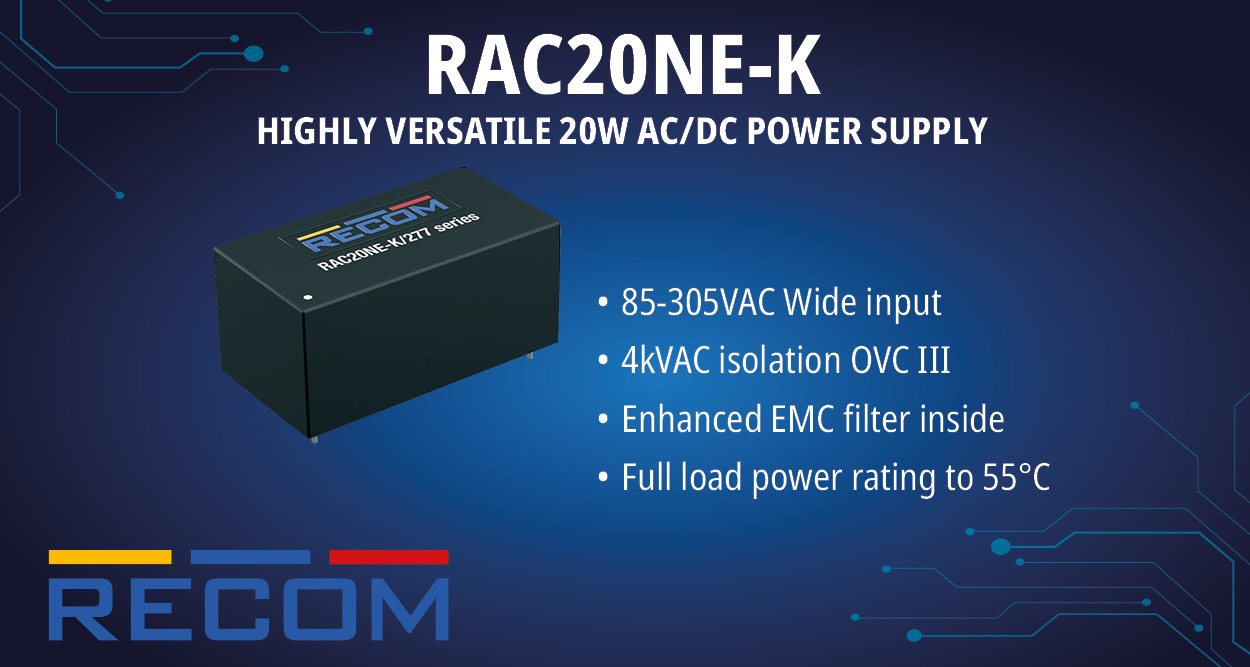In telecommunications and mobile technology, 5G has emerged as a transformative technology, promising unprecedented speed, reliability, and connectivity. This evolution lies with the development of 5G chipset, a crucial component driving the capabilities of next-generation networks and devices.
Understanding 5G Chipsets
5G chipsets are specialized processors designed to enable devices to connect to and communicate over 5G networks. Unlike previous generations, which primarily focused on enhancing data speed, 5G redefines connectivity by emphasizing ultra-low latency, extensive coverage, and high reliability. These chipsets integrate advanced technologies such as millimeter-wave frequencies, beamforming, and multiple-input multiple-output (MIMO) antennas to maximize network efficiency and performance.
Latest applications of 5G chipsets
Nowadays, 5G chipsets are driving innovation across various industries. In the telecommunication sector, mobile devices equipped with 5G chipsets deliver unparalleled mobile broadband experiences, empowering users with seamless connectivity and faster download speeds. On the other hand, 5G chipsets have optimized the communications within vehicles by promoting smart infrastructure in real-time, paving the way for safer and more efficient transportation systems. In this way, these chipsets have brought new aspects to the automotive industry.
Furthermore, the technology has also found prominent applications in the healthcare sector. Remote patient monitoring, telemedicine, and surgical robotics benefit from 5G’s low latency and high reliability, revolutionizing healthcare delivery. Moreover, it has benefited several applications in manufacturing and industry 4.0 too. Smart factories leverage 5G for real-time monitoring, predictive maintenance, and automation, optimizing production processes and reducing downtime.
Technological advancements propelling the demand for 5G chipsets
With continuous technological advancements, 5G chipsets have reshaped the capabilities and performance of next-generation telecommunications networks. Integration of millimeter wave (mmWave) frequencies represents a significant leap forward in 5G technology. These high-frequency bands, especially above 24 GHz, enable ultra-fast data speeds and high capacity, making them ideal for dense urban environments and high-demand applications. 5G chipsets incorporate advanced antenna arrays and beamforming techniques, enhancing signal transmission and reception even in the presence of obstacles that typically cause signal attenuation.
Moreover, MIMO technology plays a significant role in 5G chipsets by enhancing spectral efficiency and network capacity. Unlike previous generations of wireless technology, which primarily used 2×2 or 4×4 MIMO configurations, 5G chipsets support massive MIMO with dozens or even hundreds of antenna elements. This allows for simultaneous communication with multiple devices and improved signal reliability, especially in environments with high interference.
Nonetheless, Artificial Intelligence and machine learning algorithms are increasingly integrated into 5G chipsets to optimize network performance and efficiency. AI enables intelligent network management, predictive maintenance, and proactive resource allocation, enhancing spectral efficiency and reducing operational costs. These capabilities also support dynamic network slicing, allowing operators to tailor network services based on specific application requirements.
Reasons behind the growing popularity of 5G chipsets
5G chipsets facilitate significantly faster data speeds, promising up to 10 Gbps under ideal conditions. This capability is ideal for applications requiring real-time data transmission, such as augmented reality, virtual reality, and high-definition video streaming. One of the most compelling features of 5G is its ultra-low latency, which enables near-instantaneous communication between devices. This is critical for applications like autonomous vehicles, remote surgery, and industrial automation, where split-second responses are essential.
Moreover, 5G chipsets support massive connectivity of Internet of Things (IoT) devices, enabling the deployment of smart cities, industrial IoT solutions, and interconnected healthcare systems on a large scale.
Profitable acquisitions by leading players transforming cellular IoT
The 5G chipset industry is observing exponential growth due to the rise in demand for interconnected device requirements across prime economies. As per the report published by Allied Market Research, the industry is projected to register a CAGR of 21.8% from 2021 to 2030. Along with this, several players in this landscape have undergone a series of acquisitions to gain a competitive advantage. For instance, in September 2023, Renesas, a global leader in microcontrollers acquired Sequans Communications, a renowned provider of cellular IoT connectivity solutions, including 5G and 4G chips. This acquisition enabled Renesas to expand its portfolio and expertise in the rapidly growing cellular IoT market by accessing Sequans’ US and European customer base, enhancing its global reach.
In conclusion, 5G chipsets represent a promising breakthrough in the telecommunications landscape, driving unprecedented connectivity and enabling transformative applications across industries. With their ability to support ultra-fast speeds, low latency, and massive IoT connectivity, 5G chipsets are redefining how individuals and industries interact with technology, paving the way for a more connected, efficient, and innovative future.
Short Description: 5G chipsets are specialized processors designed to enable devices to connect and communicate over 5G networks. This technology is widely used across various industries including telecommunication, healthcare, automotive, manufacturing, and industry 4.0. Technological advancements such as mmWave frequencies, MIMO technology, and use of AI have enhanced the capabilities and performance of these chipsets, opening new possibilities in the coming era.
















